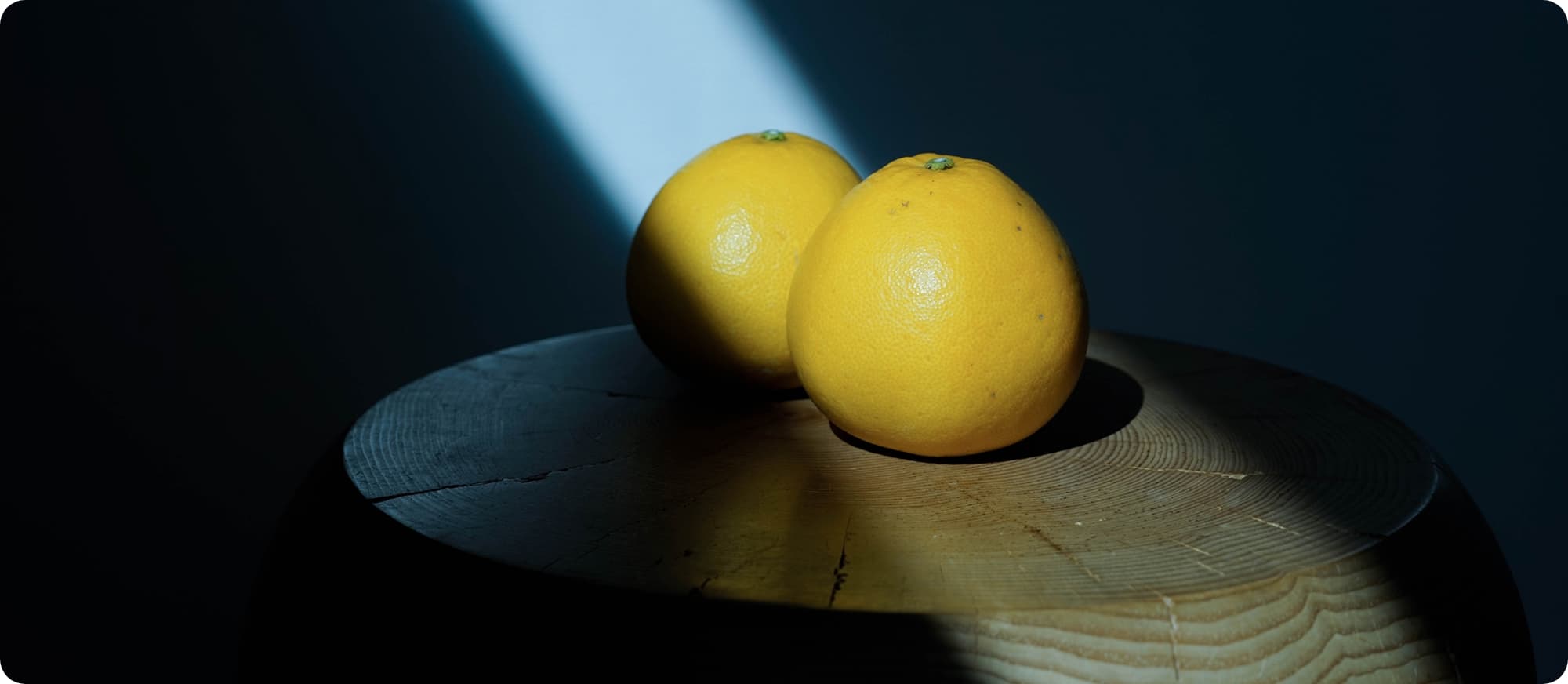
What kind of
citrus fruit is
Misho?
What kind of citrus fruit is Misho?
Misho is the European brand name for a Japanese citrus variety called Kawachi Bankan. It takes its name from a representative growing location in Ehime, which boasts a greater yield of the fruit than any other prefecture in Japan. While most citrus fruits ripen in winter, Misho is a rare exception that reaches peak ripeness from springtime into summer, around April through July, an attribute that has added to the variety's increasing popularity in Japan in recent years.
Misho is characterized by a vibrant yellow peel and abundantly juicy fruit. With a sugar content around 11 Brix, the fruit offers a pleasantly delicate sweetness distinguished by refreshingly invigorating tangy notes and subtle hints of faint bitterness. The distinctive aroma of Misho, plentiful and soothing, is not to be missed. The fruit is rich in nutrients including vitamin C, calcium, potassium, and dietary fiber as well, and notably features relatively low caloric, sugar, and fat content in comparison with other citrus varieties. In warmer seasons when the temperature climbs, try chilling Misho in the refrigerator for an even more pronounced experience of its pleasant sweetness complemented by refreshing tanginess.
Main components (per 100 g of edible portion)
- Calories: 35 kcal
- Moisture content: 90 g
- Carbohydrates: 8.8 g
- Protein: 0.7 g
- Fat: 0.2 g
- Glutamic acid: 42 mg
- Vitamin C: 36 mg
- B-carotene: 38 μg
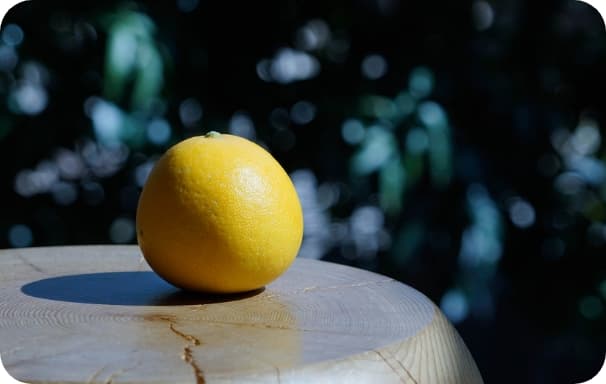
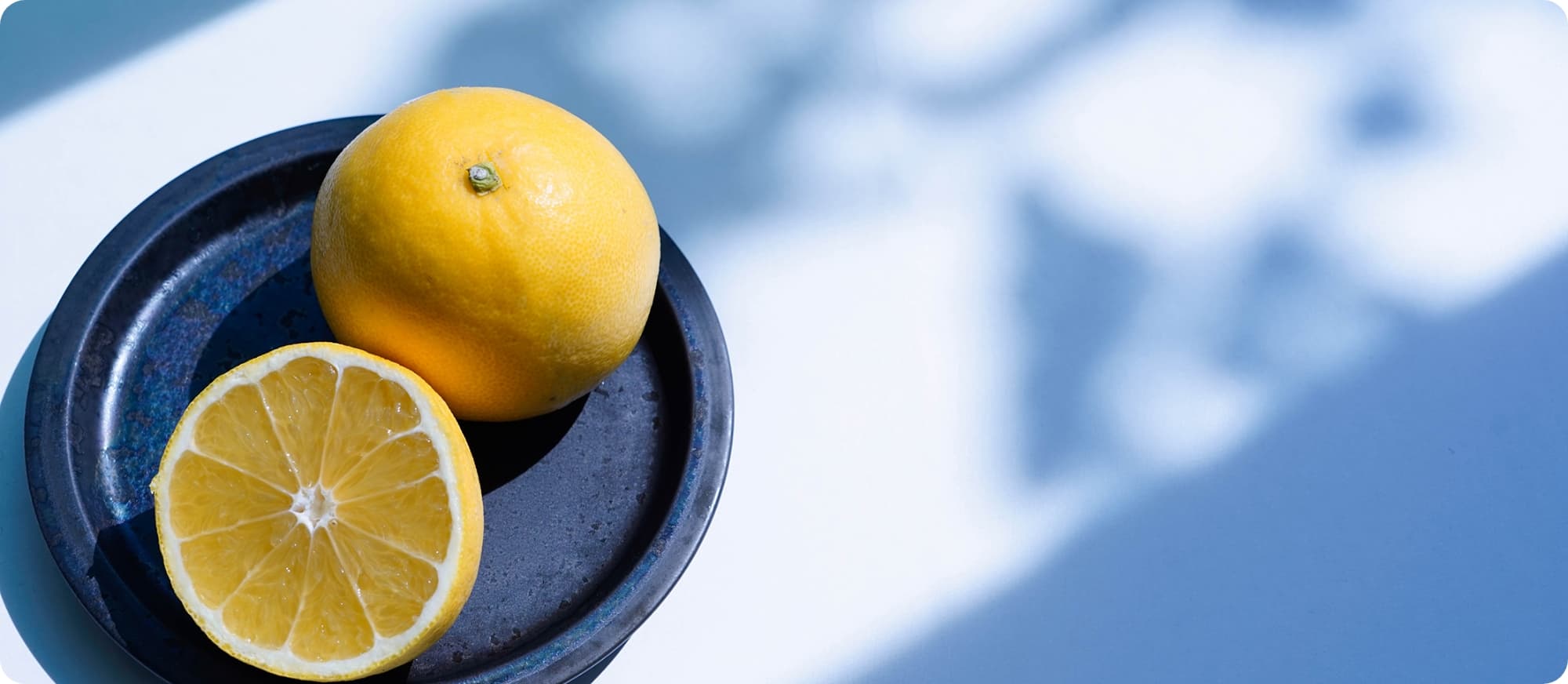
What are the best
ways to enjoy
Misho?
Misho has a thick rind but is easy to peel by hand. Its fruit is delicious chilled in the refrigerator or even frozen.
The richly fragrant rind is highly distinctive as well and can be made into delectable candied peels or marmalades.
In addition, with its glutamate content comparable to that of sour lemons, its flavor complements fish and meat dishes nicely, making it a fine option for seasoning dishes as well.
Specific culinary uses & ways to enjoy Misho
- Dried fruit
- Juice
- Dressings
- Smoothies
- Fruit gelatin
- Cocktails
- Carpaccio sauce
- Jams
- Culinary seasoning
- Soft-serve ice cream
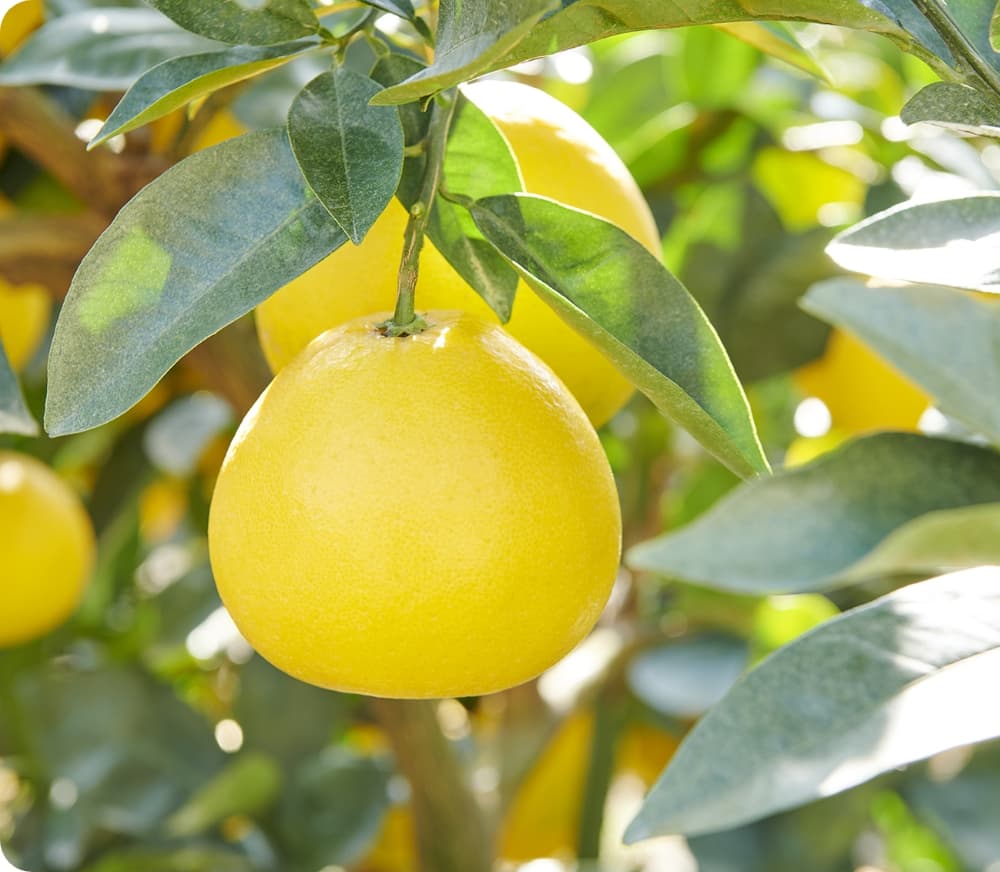
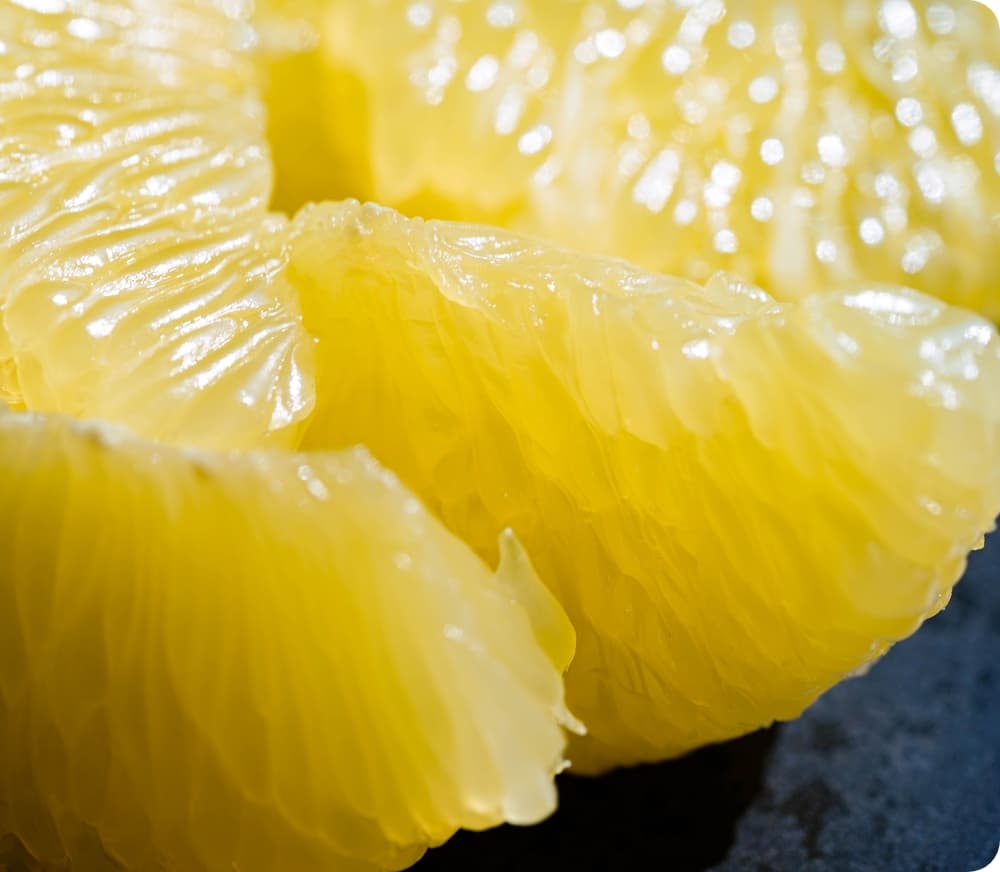
Healthy and
nourishing too!
Misho cultivation embraces eco-friendly practices with pesticide use kept to the bare minimum. The fruit has also recently been found to be rich in auraptene-a coumarin-related compound effective at improving cognitive function and promoting lipid metabolism-in comparison with other citrus varieties, a fact expected to lead to increased future demand.
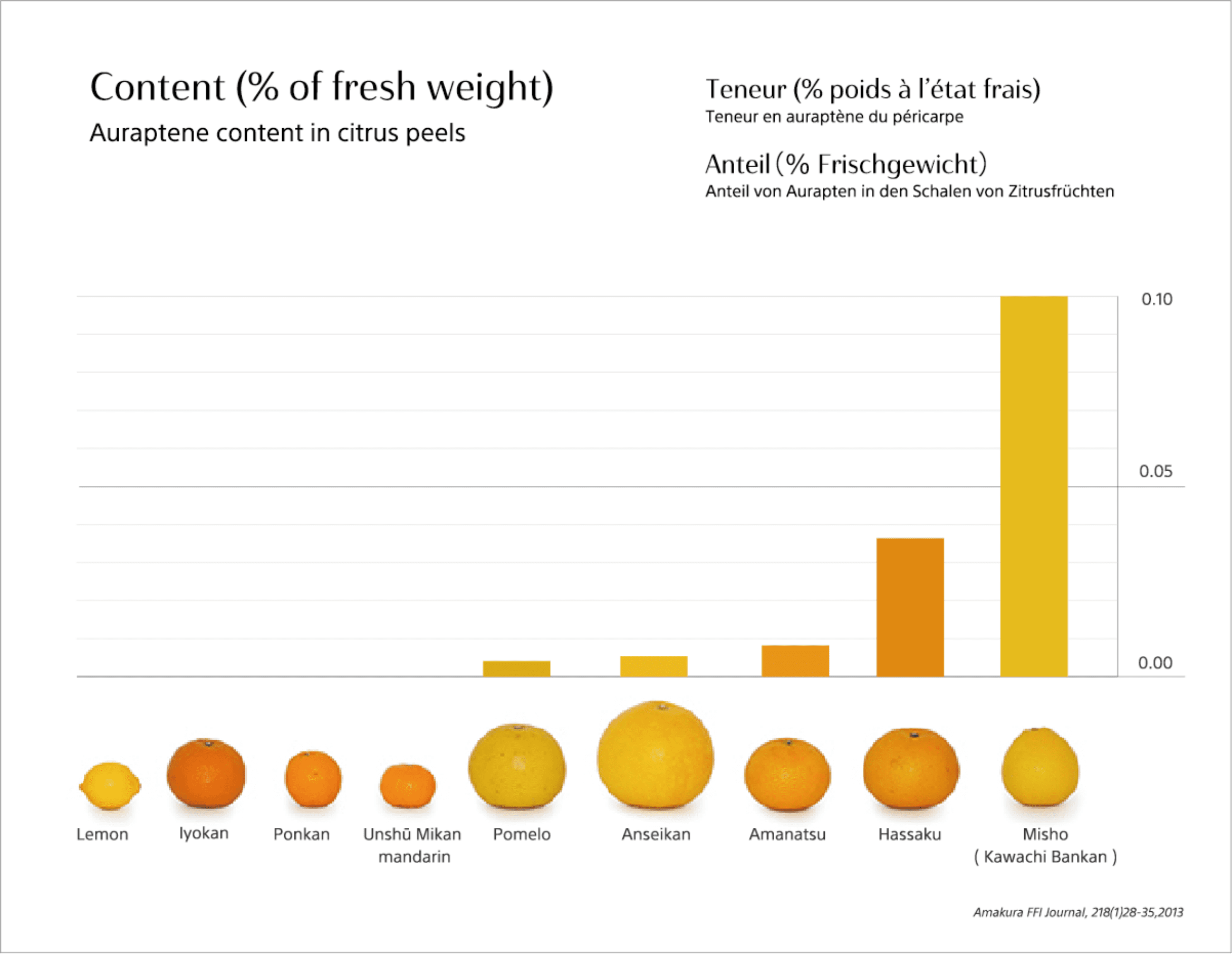
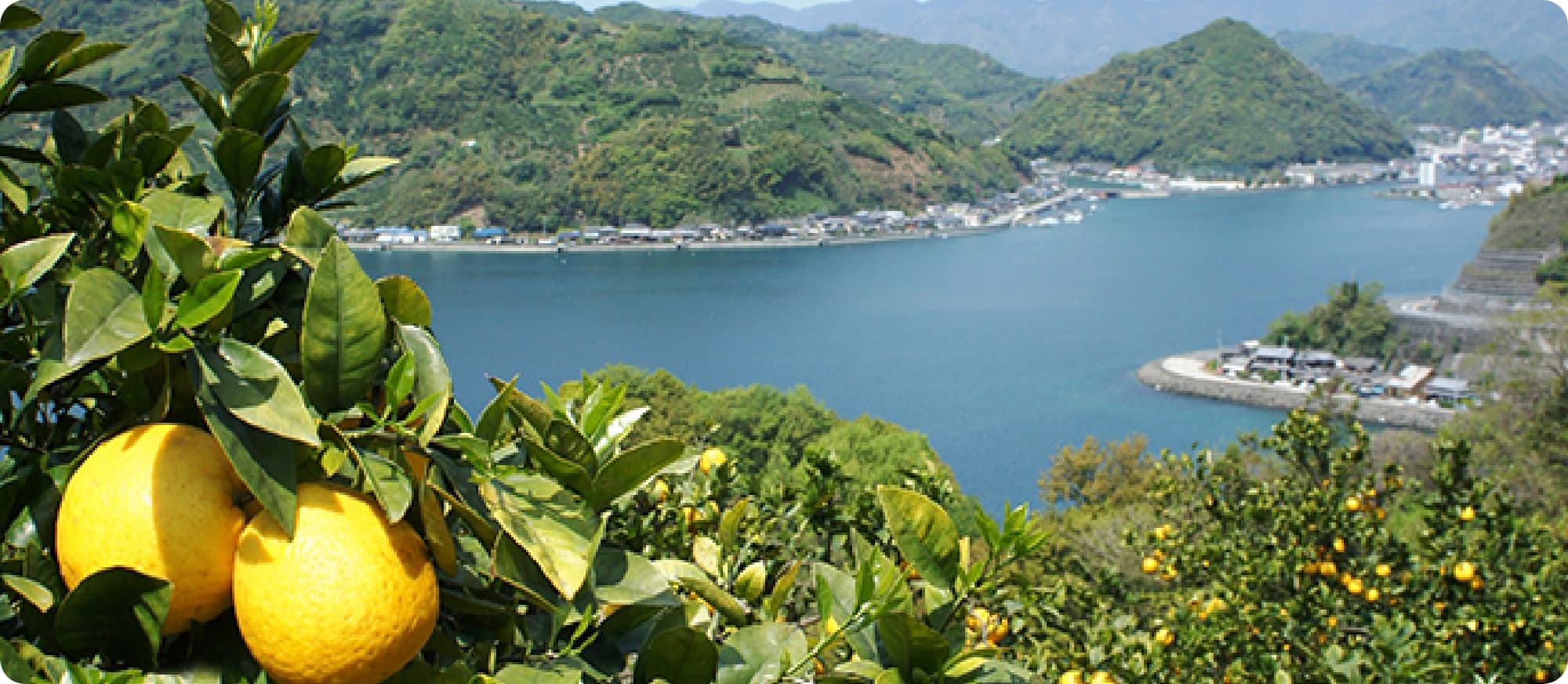
Where is Misho
grown?
Ehime Prefecture is blessed with a bountiful natural environment, from seas to mountains and rivers, and is home to active agriculture, forestry, and fishery industries. The agricultural system of citrus fruit production here in particular has obtained J-NIAHS (Japanese Nationally Important Agricultural Heritage Systems) certification and can be considered the mainstay of the "Citrus Kingdom, Ehime," a producer unrivaled in Japan. Characteristic sites of cultivation are terraced fields set on steep slopes that look out on breathtaking scenery.
Cultivating great citrus requires certain conditions. The environment here satisfies the full range, blessed as it is with a mild climate featuring an average temperature over 16°C (60°F) as well as three sources of sunlight: direct rays straight from the sun, light reflected off sea waters, and solar and thermal radiation reflected off stonework.
Experiential learning programs are offered in the region with focuses on the agriculture, forestry, and fishery industries, and visitors can enjoy immersive experiences of eco-conscious living in rural Japan through stays at minpaku accommodations based in private residences as well. Together, such features are attracting notice as efforts by local communities to advance the Sustainable Development Goals (SDGs).
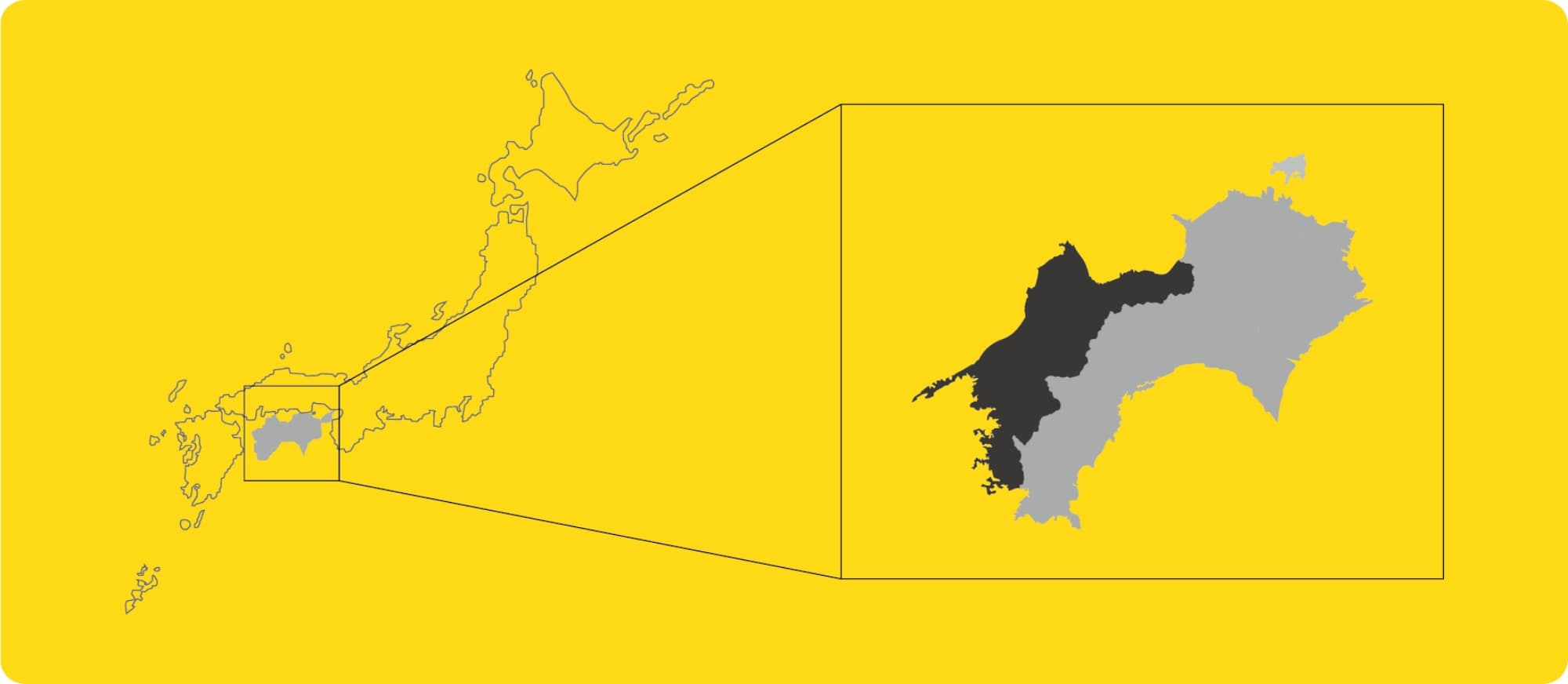
Ehime
Prefecture
Stretching along the western side of the island of Shikoku, Ehime Prefecture faces onto the Seto Inland Sea, the largest water body of its type in Japan. Meaning "lovely princess," the name Ehime stems from a mythological Japanese goddess. Appropriately, the area is blessed with a warm temperate climate and bountiful natural environment. Its Dōgo Onsen is an iconic sightseeing destination famous as the oldest hot springs in Japan. Featuring spa facilities with architecture considered to be emblematic of Japan's onsen culture, the location is the proud recipient of three stars in the Michelin Green Guide Japan. Also, in recent years, the Shimanami Kaidō expressway that offers a traverse across the Seto Inland Sea from Ehime has drawn attention as a mecca for cyclists.
-

Visit Ehime
-

Ehime Kankitsu Project

